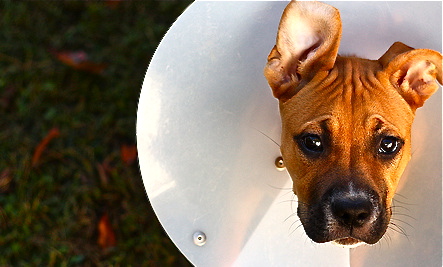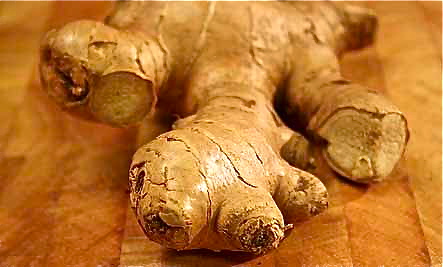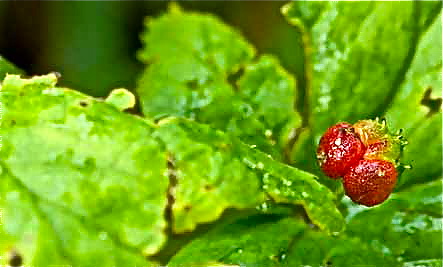MYTH: My dog will get fat and lazy.
FACT: The only way your dog will get fat and lazy is if you do not provide enough exercise and feed him too much or even the same amount after spaying or neutering.
MYTH: It is better for my dog to have one litter before I spay her.
FACT: Medical evidence has shown that a dog who is spayed before her first heat cycle is typically healthier than dogs spayed after the first heat cycle or after having a litter of puppies. Most animal shelters, as well as many veterinarians, now arrange for sterilization as young as eight weeks of age. You should consult your veterinarian about the appropriate time to spay or neuter your dog.
MYTH: Children should experience the miracle of birth.
FACT: The likelihood of a child actually seeing a dog give birth is slim. Most births occur at night and in a secluded area. The only lesson the child learns is that dogs can be created and discarded as humans see fit. The real miracle your child should experience is the knowledge that by preventing your dog from having babies, you are potentially saving the lives of hundreds of other dogs.
MYTH: My dog is a purebred.
FACT: At least one out of every four dogs turned in to animal shelters are purebred. There are just too many dogs bred, both mixed breed and purebred.
MYTH: My dog will not be protective if I neuter him.
FACT: A dog’s natural instinct to protect his home and family is not affected by spaying or neutering. A dog’s personality owes much more to genetics and environment than sex hormones.
MYTH: I don’t want my male dog to feel like less of a male.
FACT: Dogs have no concept of sexual identity or ego and neutering does not change a dog’s basic personality. He does not suffer in any way when neutered.
MYTH: My dog is so special; I want a puppy just like her.
FACT: A professional dog breeder, whose bloodlines stretch back for generations, has no guarantee of getting a particular characteristic from a litter. The dog owner’s chances are even slimmer. In fact, a whole litter of puppies might wind up getting only the worst characteristics of your pet dog and her mate.
MYTH: Spaying and neutering is too expensive.
FACT: The cost of spaying or neutering is based on the age, size, and sex of the dog, your veterinarian’s fees, and other variables. However, spay or neuter surgery is a one-time cost, and if you factor in the many benefits, such as improved health throughout your dog’s lifetime, it is a relatively small charge.
It is a bargain compared to the costs associated with raising a litter of puppies, such as exams for the mother dog, puppy checks and vaccinations, the extra food you need, etc. If complications arise and you need emergency veterinary services, the costs could rise into the thousands.
There is also the amount of time you will need to devote to the mother dog and her babies; two months of pregnancy followed by two more months before the puppies are weaned and ready to go to new homes. Most importantly, the price is small when compared to the satisfaction of knowing that you are not contributing to the very real problem of too many dogs and too few homes available for them.
MYTH: I have good homes available for all of the puppies.
FACT: True, you may have homes for your puppies, but for every home you find, there is one less home available for a shelter dog. Moreover, do you have guarantees that the people who take your puppies will not breed them and thus add even more dogs to the problem? Remember, the dog overpopulation problem is created and perpetuated one litter at a time.
Adapted from petMD









